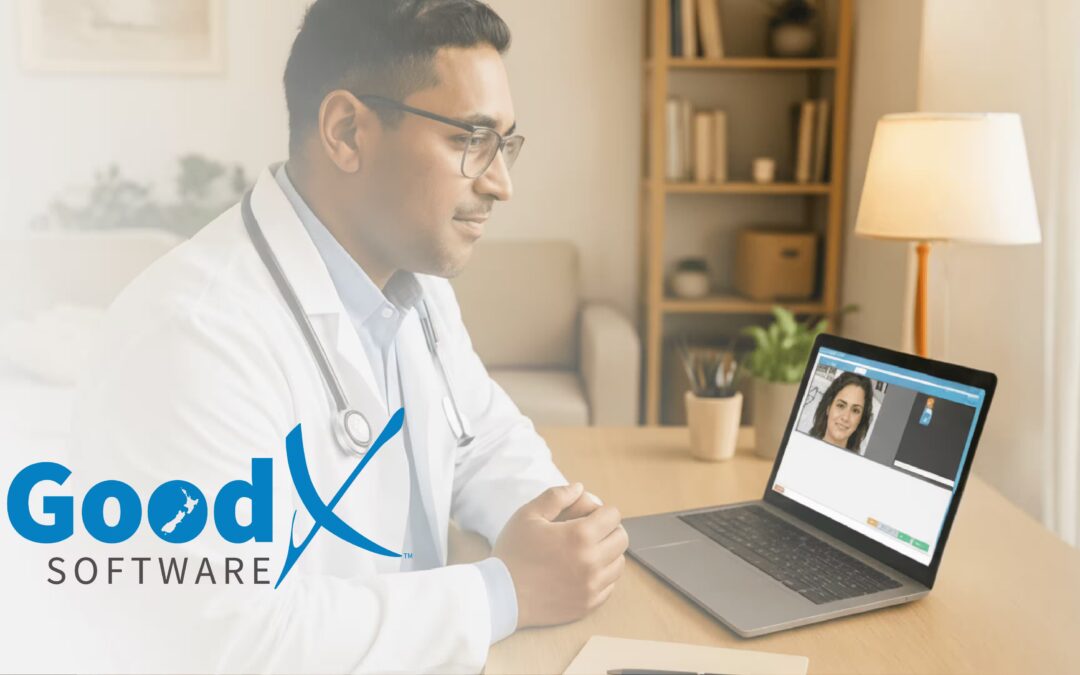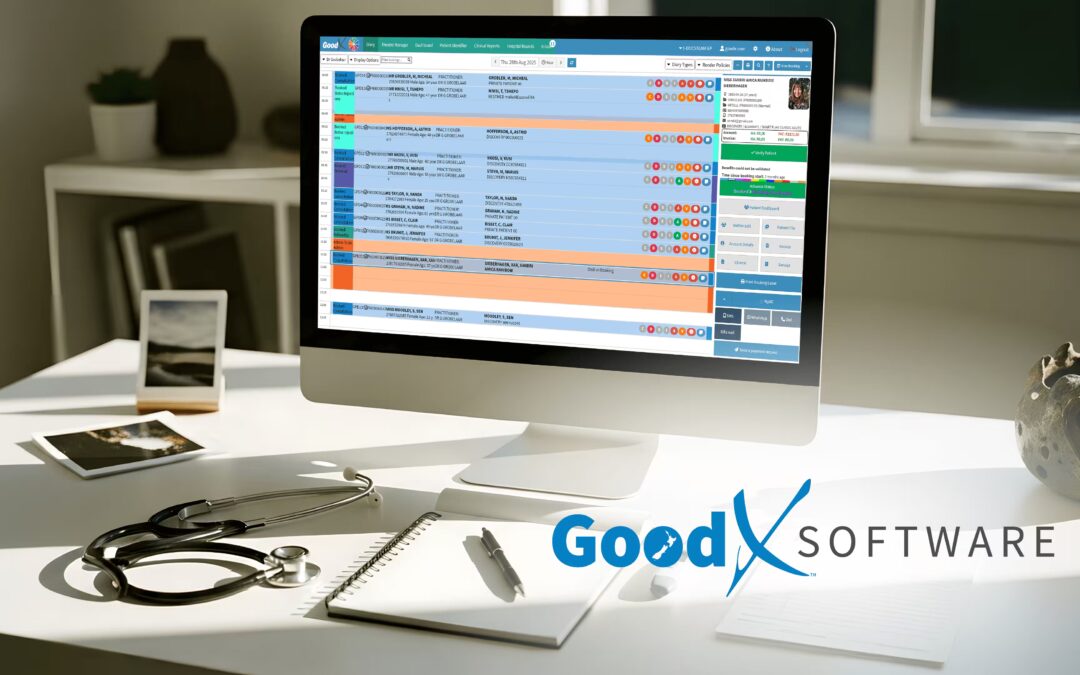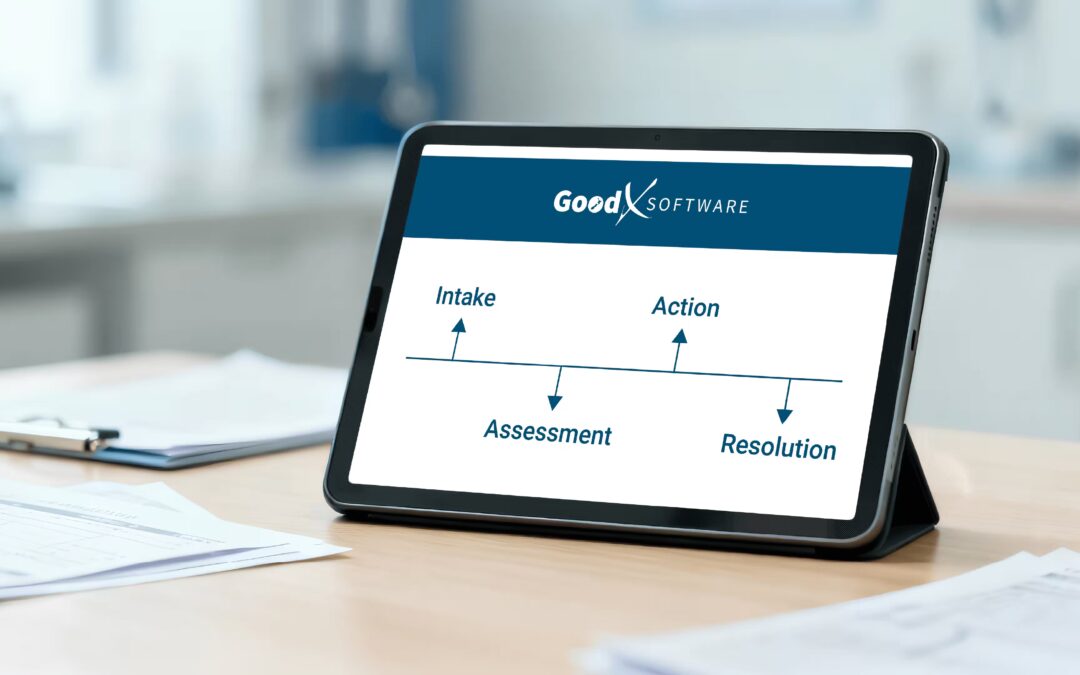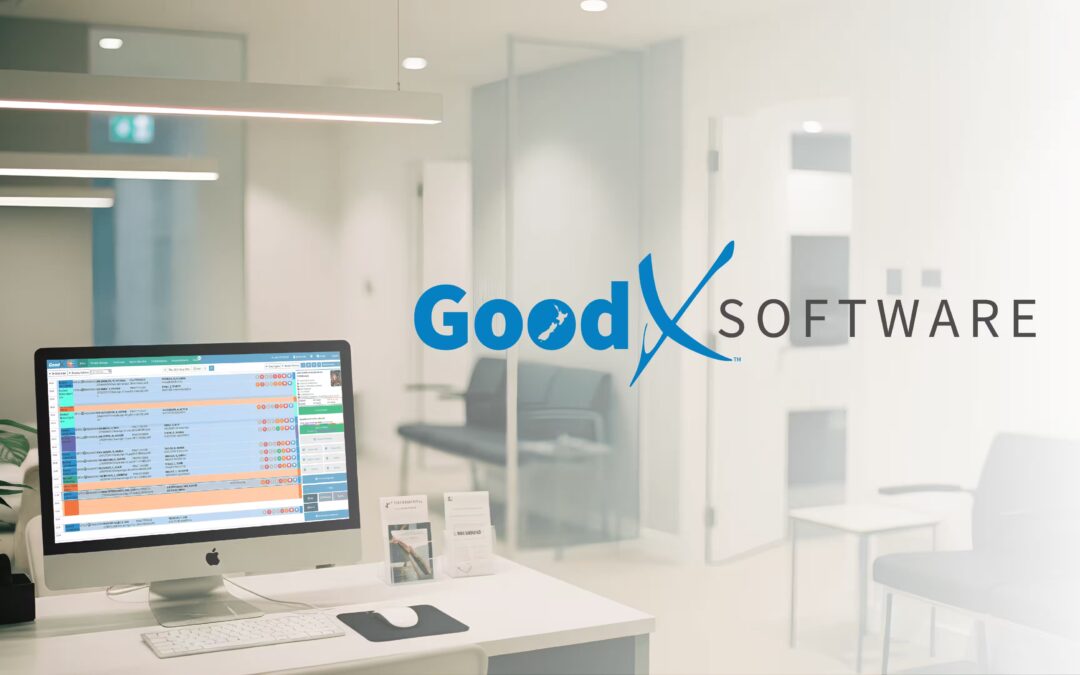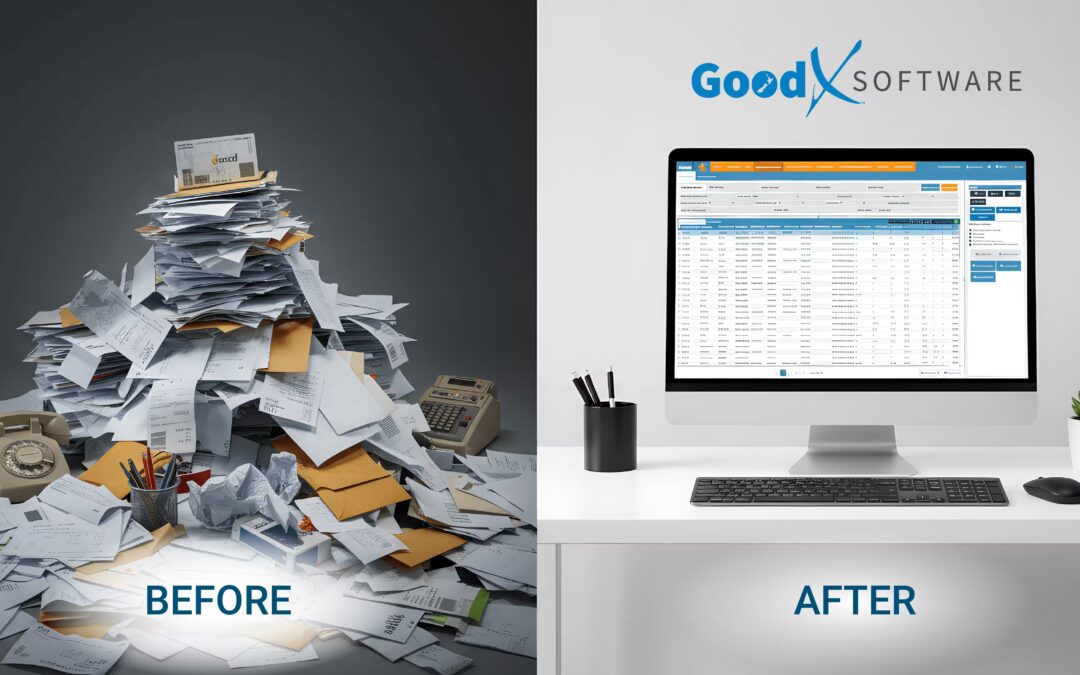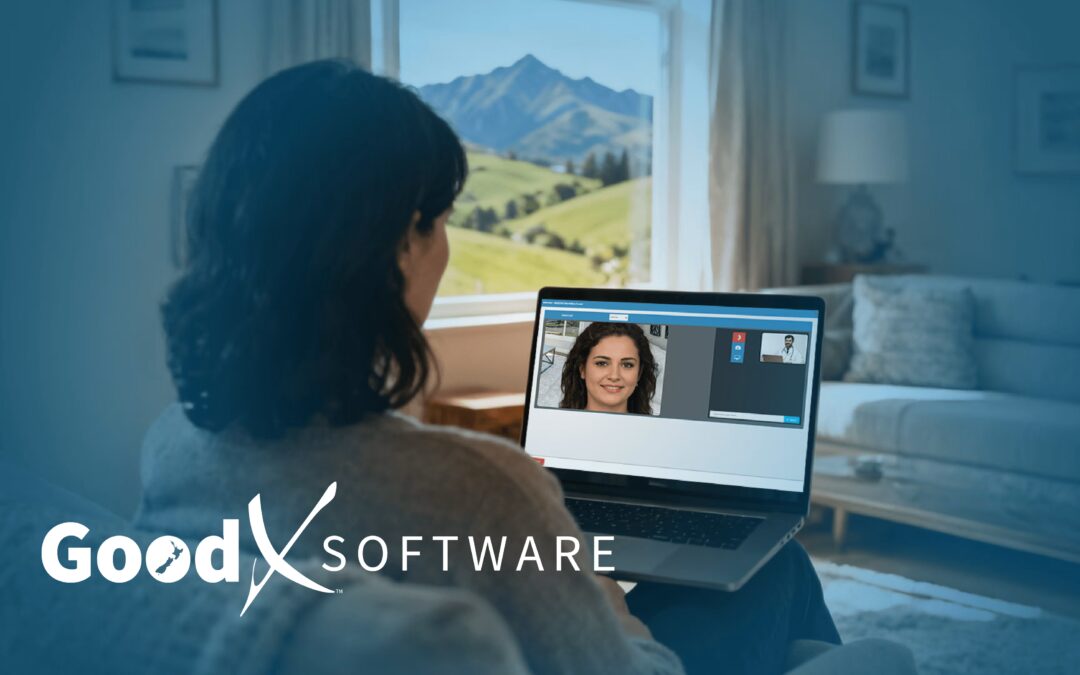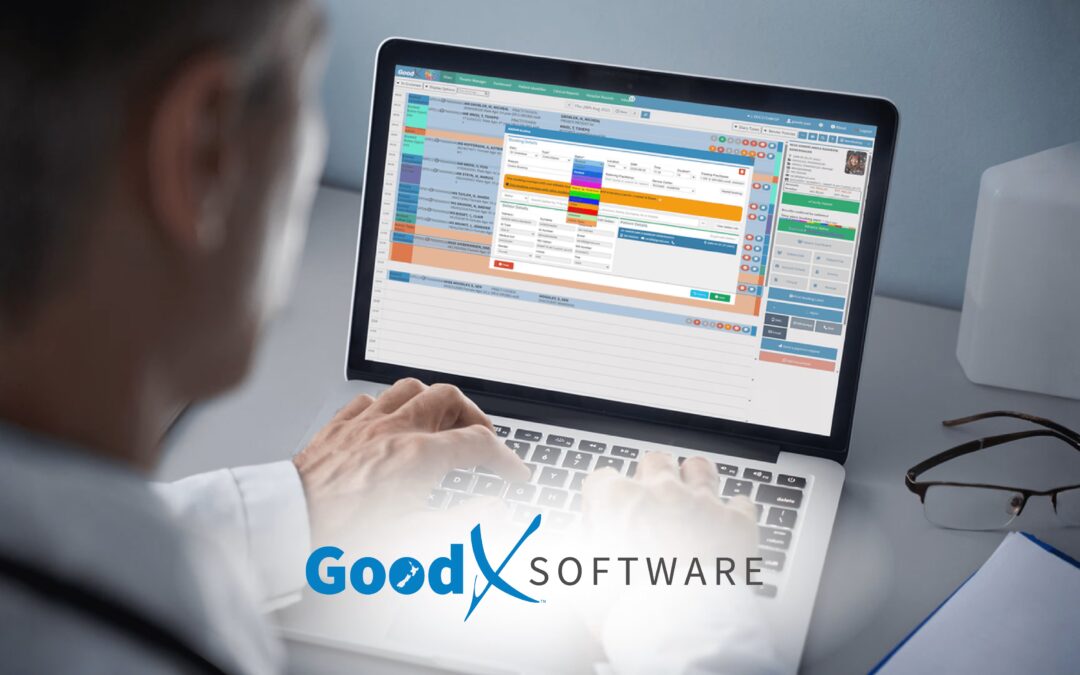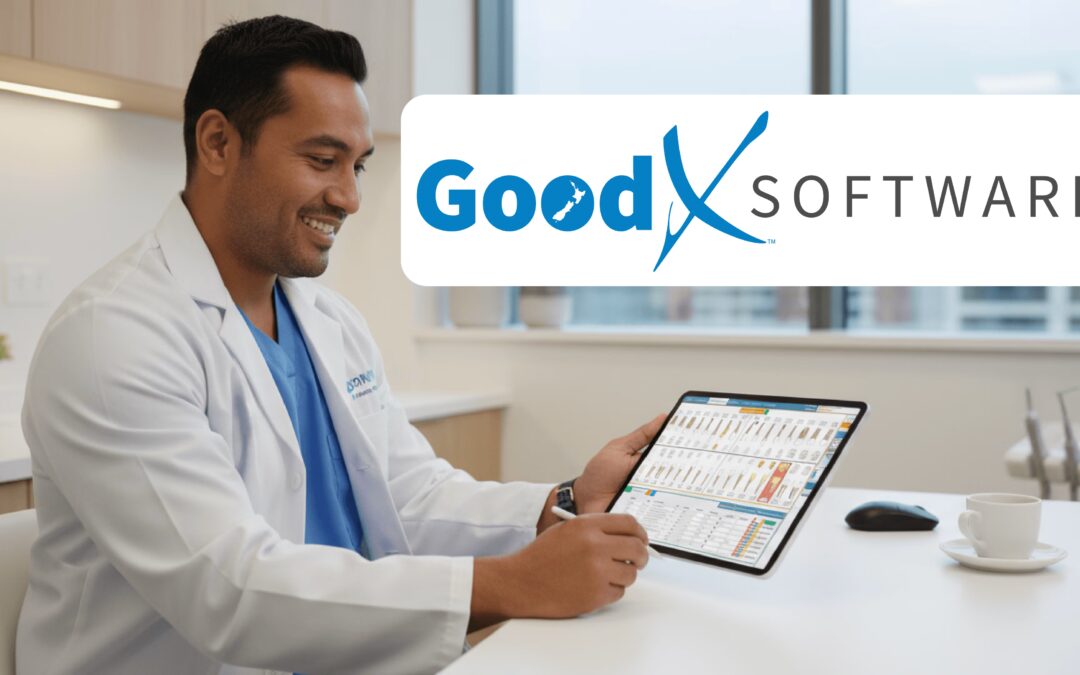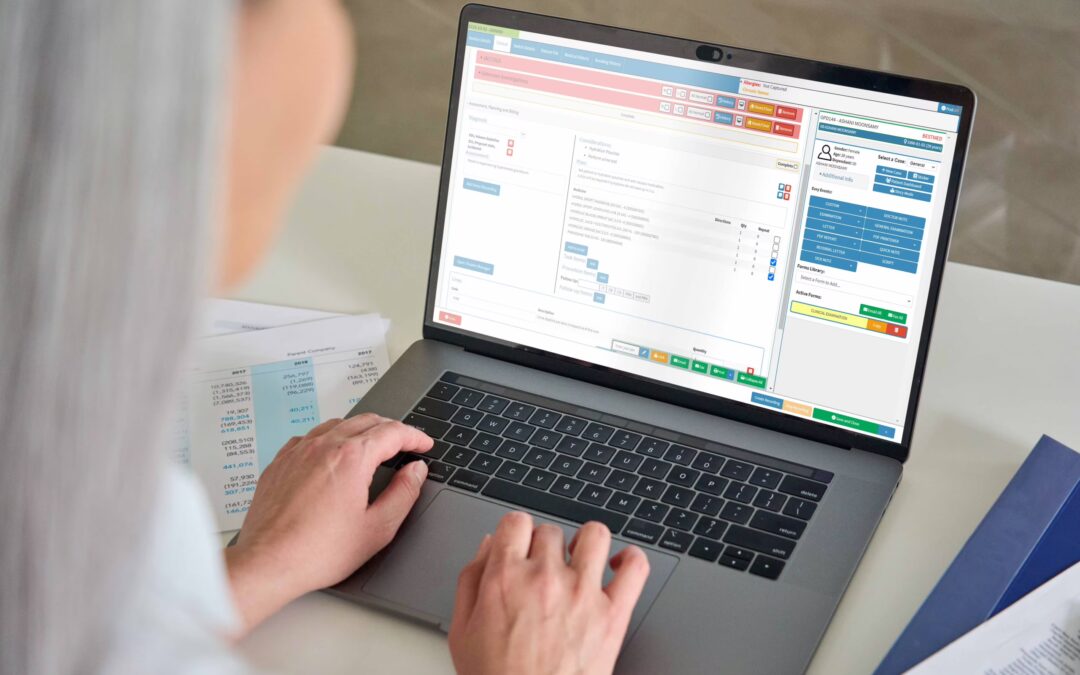In the healthcare landscape, especially here in New Zealand, paper-based records are quickly becoming a thing of the past. But what’s actually replacing them? Enter electronic medical records – EMRs. They’re changing how clinics operate, how patients are treated, and how information moves across healthcare environments.
This guide walks you through how EMRs work, why they matter, and how GoodX, a locally relevant solution, fits into the picture.
What Exactly Are EMRs?
Think of EMRs as a digital version of your old patient charts, only smarter, faster, and far more secure. With systems like GoodX, New Zealand healthcare providers can document everything from patient symptoms to medications and treatment history, all in one place. No messy handwriting, no lost files.
Unlike broader EHR systems that focus on sharing data across hospitals or networks, EMRs are typically used within a single clinic or practice. And for many NZ practices, that’s exactly what they need.
So, How Do They Actually Work?
While EMRs might seem complex on the surface, their inner workings are designed to simplify life for clinicians.
- Patient Data Entry: Every time a patient walks through your door, their visit – including vitals, prescriptions, and notes – is recorded directly into the EMR.
- Smart Storage: This information is stored in clearly labelled sections, like allergies, medical history, and diagnostics.
- Instant Access: Next time the patient returns, the full history is already there – ready for the next clinician, nurse, or admin to review.
- Helpful Prompts: Some EMRs offer suggestions or warnings – for example, if there’s a potential drug interaction.
- System Integrations: With GoodX, appointment booking, billing, and document workflows integrate into one platform – streamlining daily tasks.
How EMRs Work in a New Zealand Clinic
Sections/Text for Infographic:
- Data Entry
→ Clinician enters notes, vitals, diagnoses - Smart Categorisation
→ Info sorted into allergies, history, tests - Instant Access
→ Previous visits appear instantly - Prompts & Flags
→ Alerts for missing fields or allergy risks - Linked Workflows
→ Connects to billing, scheduling, and secure documents

Features That Actually Matter in Practice
Not every clinic needs dozens of tech bells and whistles. But some EMR features are game-changers:
Patient Info Management
Maintain detailed, easily updated patient profiles – everything’s in one spot.
Appointments & Reminders
GoodX lets you manage your bookings, while also sending SMS or email reminders so patients show up (and show up on time).
Script Management
Clinicians can generate digital scripts for printing or emailing – quicker, cleaner, safer.
Clinical Notes
Record notes during consultations, build treatment plans, track allergies or recurring symptoms – all in real-time.
Built-in Billing
As you document clinical notes, the system connects with billing, which means fewer missed claims and faster invoicing.
Why NZ Clinics Are Making the Shift
Clinics using GoodX’s EMR platform have reported benefits that go beyond convenience:
- Less paper, fewer admin headaches
- Better patient safety through clearer records and consistent workflows
- Real-time access from the clinic or remotely
- Easier compliance with New Zealand’s health privacy standards
- Smoother coordination across your clinic team
It’s not just about going digital. It’s about running a clinic more intelligently.
EMR vs. EHR – Quick Clarification
You’ll hear both terms thrown around, and while they’re similar, they’re not quite the same. EMRs are tailored for use within a single clinic. EHRs, meanwhile, are built to share patient data across providers and systems. Think of EMRs as a clinic’s internal command centre.
Cloud-Based by Design
GoodX offers a web-based EMR system that stores data securely online. There’s no need for on-site servers or in-house IT infrastructure. This makes it especially useful for smaller or mid-sized practices looking for fast, flexible deployment.
A Few Things to Consider Before You Switch
Implementing an EMR isn’t just a software change – it’s a clinic-wide shift. Here are some tips:
- Train your staff thoroughly. Even the best system is frustrating if no one knows how to use it.
- Don’t rush data migration. A careful move ensures clean, accurate records.
- Use templates that match your workflow. GoodX makes this part easy.
Picking the Right System for You
When you’re choosing an EMR, here’s a quick checklist:
- Where are you wasting the most time?
- Is it intuitive, or do you need a tech degree to use it?
- Can it scale with your clinic’s growth?
And yes – always ask for a live demo. Run through a patient scenario to see how things flow.
Looking Ahead: The Role of EMRs in NZ
The future? It’s digital, no doubt. EMRs will increasingly connect with other tools in your ecosystem, and platforms like GoodX are laying that foundation today. More automation, more insights, and better patient service – all possible when your system does the heavy lifting.
Final Thoughts
If you’re still on paper or using outdated systems that make your day harder, it might be time to switch. EMRs aren’t just about storing data. They’re about transforming how you practice medicine.
With GoodX, you get a platform designed with New Zealand clinics in mind – built for local needs, privacy laws, and the reality of busy medical teams.


